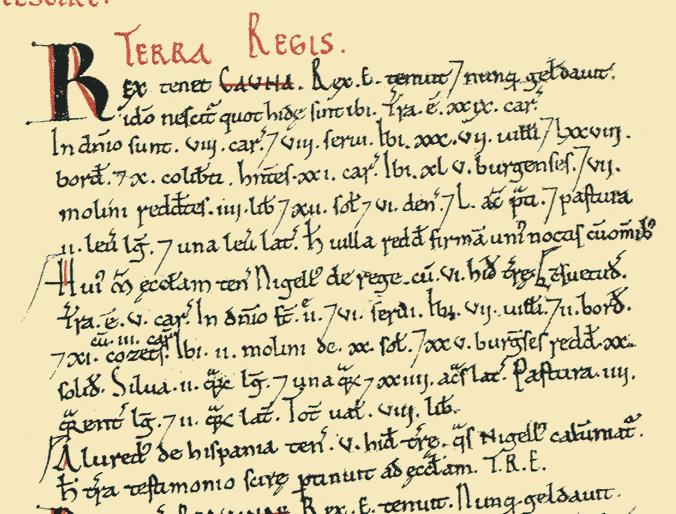High Street is reportedly the most common street name in the UK, with around 5410 in 2009
[1]. The name relates to the concept of the street being the 'principle' business centre of the town.
 |
| High Street, Calne. Looking south towards the Town Hall. |
High Street, as a name, became more common after the 1666 Great Fire of London, when parliament took the opportunity to designate four categories of street according to the width of the carriageway. The high street, being the only place that business were expected to operate, as this kept the shops in an open marketplace, a way of attempting to protect the seller from dubious selling practices
[2].
A 1728 map of Calne shows the street that we would come to know as High Street, but on this map it is labelled 'Market'. The 1886 OS map, we see High Street, which is shown to have a public house, police station, and a bank. In 1968, the High Street was split in two for the widening of the A4, see
Curzon Street.
The Calne High Street has been home to so much life and so many businesses, that only a brief overview can be given:
There have been at least two schools: Mr. Taylor ran his "High Street Grammar School" in the early to mid-1800s. The Fintragh School operated between approximately the 1930s and the 1950s at what is now known as "The Old School House, The Pippin". Miss Barker and her brother Sid, who took over after Miss Stone retired, are well remembered for running this private school. When the school closed, upon the retirement of Miss Barker and her brother, pupils went across to the school at Westhill, which was demolished when Curzon Street was widened.
Inns: The Crown was one of two inns at the High Street. It was open certainly by 1557, as it is mentioned in Walter Fynamor's will, in which he instructed an annuity be left to establish a school for 10 poor children. It operated until 1946 when it was put up for sale, and later demolished. The King's Arms, formerly the Borough Arms, was open between the late 1700s and was a well used coaching inn. It still has old coach service signs at the gates of this Grade II listed building. The pub was put up for freehold sale in 2013, however by 2017 it was closed and now operates as Infusions Tea Room and Salon XVIII.
Shops: One of the longest running businesses on the High Street was the Ironmongers, Wilkins. This business operated by Henry Wilkins from c. 1802 at 15-17 High Street. Wilkins diversified to selling French Colza oil by 1859 and making dairy in 1861. They became Wilkins and Son, with Henry Wilkins Junior taking over in 1889, when his father died at the age of 90. Edgar Brown took over managerial tasks, when Henry Wilkins and his wife visited New Zealand in 1896. Brown took the opportunity to sell bicycles and make repairs. By 1899 Brown owned the shop due to Wilkins poor health. It was in 1927 when Cecil Trotman took over the business from Edgar Brown. Cecil ran the business with his son John, who took over when Cecil died in 1964. At this point the business becomes Trotman & Sons Ltd, with John's sons, Hugh and Tony, coming into the business. The High Street presence continued until the shop was acquired, in 1970, under compulsory purchase as part of the Phelps Parade development. Trotman and Sons continued their successful business, at The Pippin, until the business was sold in 2009, which now operates as Erols DIY.
Banks: Midland Bank operated from 4 High Street, before it was taken over by HSBC, which itself closed a few years back. Many will also remember Britannia Bjuilding Society operating at 19 High Street. Lloyds bank which has operated from 10 and 11 High Street, possibly as far back as 1915 was Calne's last bank until it closed on 13 July 2020. Interestingly, C. & T. Harris operated an office above the bank for some years.
Calne's High Street, like many others all over the country, has its peaks and troughs. Recently many new businesses have moved to High Street, including Maria's Flowers and Pet Supplies, Family Wise, and Eden Beauty.
To discover more about the place names of Calne, buy the book:
References:
[1] High Street - Wikipedia. 2019. High Street - Wikipedia. [ONLINE] Available at: https://en.wikipedia.org/wiki/High_Street#Definition_and_usage. [Accessed 11 January 2019].
[2] Benson, J., 2002. A nation of shopkeepers. London : I.B. Taurus, 2003.





